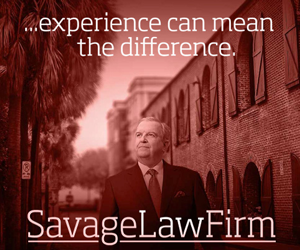As we move into 2017, there are some random thoughts I wish to share about what I foresee as potentially newsworthy.
First and foremost for South Carolinians, congratulations to Clemson for making it back to the National Championship game. It took an entire season of play to get the same result for the final game.
The Tigers will again face Alabama in a game many think they can’t win. Something about this season feels more like 1981 than last year did. Clemson to win its second National Championship and move Dabo Swinney into the same breath as Danny Ford.
A new law heralded as tougher on ethics says public officials must disclose the sources of their private, taxable income. Not the amounts, just the sources.
We are watching a corruption investigation on state legislators play out with the recent indictment, on 30 counts, of former House Majority Leader Rep. Jim Merrill. This law would not have changed anything I can see about what Merrill did to allegedly break the law.
The investigation will continue and I believe we will see more indictments of current legislators.
What will be more interesting is to see what organizations get named in the indictments. One of the counts against Merrill alleges money was laundered from the Charleston Area Convention and Visitors Bureau to Merrill through his brother’s firm, Pluff Mud Public Affairs, LLC.
A cursory look at the internet showed the Myrtle Beach Area Chamber of Commerce wrote checks to Pluff Mud Public Affairs, LLC in 2011 totaling just over $60,000. That information comes from the Chamber’s own reporting of its public fund expenses.






Speak Up…